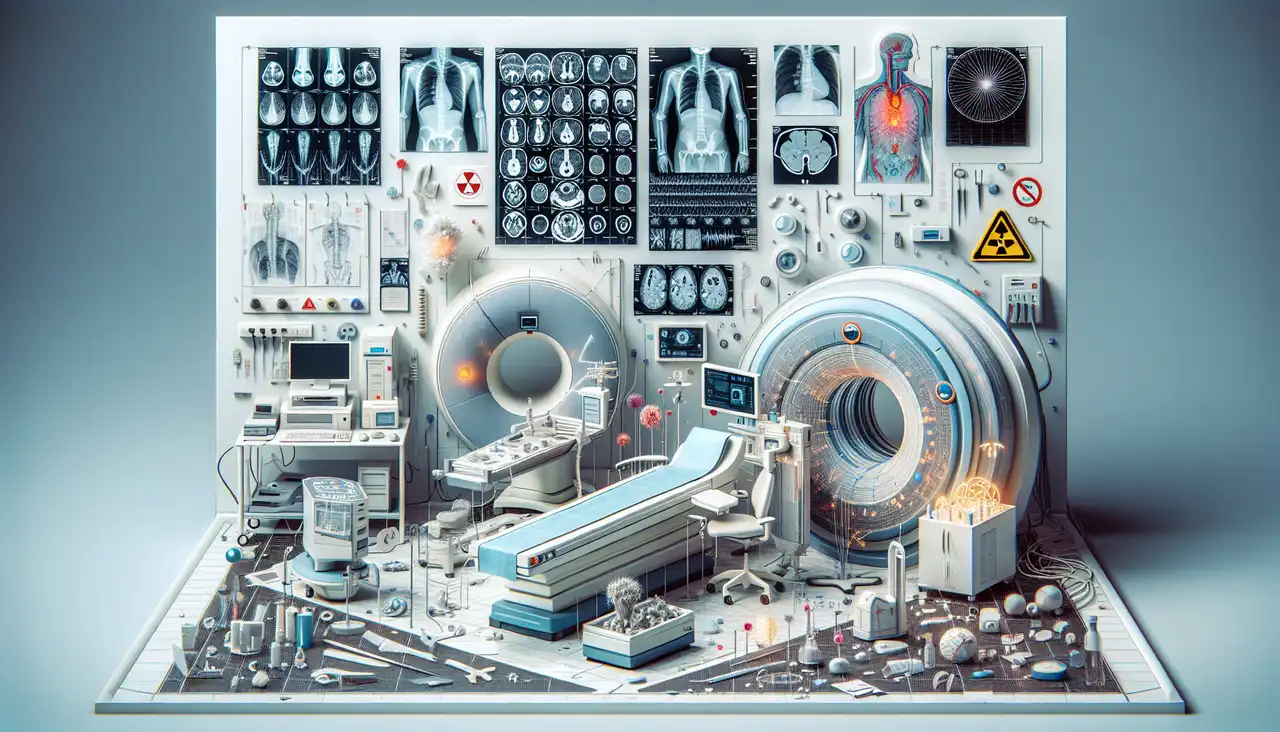

Cecil G Wood III
Blending theory and practice to improve diagnostic accuracy, Cecil G Wood III serves as an Assistant Professor of Radiology at Northwestern University. With a robust academic foundation, he completed both his residency and fellowship at Northwestern University in 2005 and 2006, respectively. His dedication to advancing the field of radiology is evident through his extensive research interests, which encompass body imaging, pancreas, kidneys, computerized tomography, diagnosis, and patient care. Professor Wood's scholarly contributions have significantly impacted the field, with numerous publications in esteemed peer-reviewed journals. Among his notable works are the articles "Feasibility of sub-second CT angiography of the abdomen and pelvis with very low volume of contrast media, low tube voltage, and high-pitch technique, on a third-generation dual-source CT scanner" and "Pancreatic Cystic Lesions and Malignancy: Assessment, Guidelines, and the Field Defect." These publications reflect his commitment to enhancing diagnostic techniques and improving patient outcomes. His research primarily focuses on the evaluation and diagnosis of lesions, particularly in the context of body imaging. By leveraging advanced computerized tomography techniques, Professor Wood aims to refine diagnostic processes, ensuring more accurate and timely assessments for patients. His work on pancreatic and renal imaging has provided valuable insights into the complexities of these organs, contributing to the development of more effective diagnostic guidelines. In addition to his research endeavors, Professor Wood is actively involved in teaching and mentoring the next generation of radiologists. His approach to education emphasizes the integration of cutting-edge research with clinical practice, preparing his students to excel in the rapidly evolving field of radiology. Through his mentorship, he fosters a learning environment that encourages critical thinking and innovation. Professor Wood's dedication to his field extends beyond academia, as he frequently collaborates with clinical practitioners to translate research findings into practical applications. His interdisciplinary approach ensures that his research not only advances theoretical knowledge but also has a tangible impact on patient care.